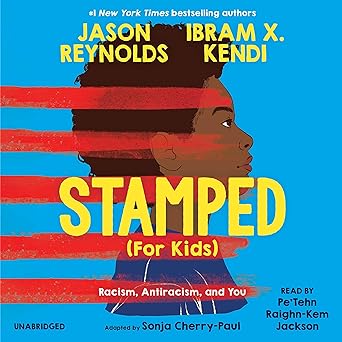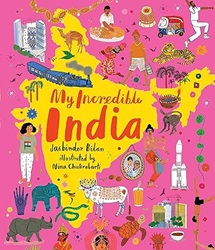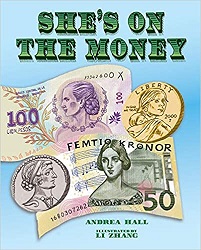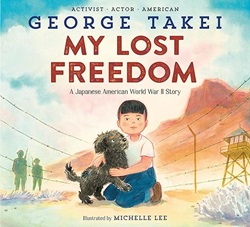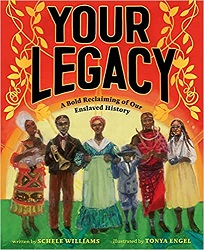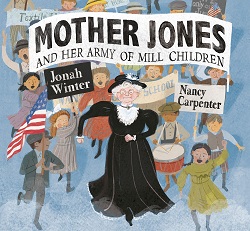Review of Small Shoes, Great Strides, by Vaunda Micheaux Nelson, illustrated by Alex Bostic
How Three Brave Girls Opened Doors to School Equality
by Vaunda Micheaux Nelson
illustrated by Alex Bostic
Carolrhoda Books, 2024. 44 pages.
Review written June 5, 2024, from a library book.
Starred Review
You’ve probably heard of Ruby Bridges. It turns out that first graders Leona Tate, Tessie Prevost, and Gail Etienne, were ten minutes ahead of Ruby integrating a previously all-white school in a different part of New Orleans.
This lovely book tells their story. It’s in picture book format, with large artwork on each spread, but there’s also a lot of text on each spread, so the target audience is upper elementary school kids who can handle that much reading. There are ten pages of back matter, giving more to the story.
This book leads off with telling how the girls were taught in a classroom with paper over the windows and had to have recess and lunch indoors. Federal marshals escorted them to school and even to the bathroom.
The book also covers the threats they faced even at home and the constant police presence. We can all be so thankful that they and their families saw it through. Already the next year, they were able to take the paper down from the windows.
I have to admit, though, that I was saddened by the pages in the back matter describing what school was like for them from third grade on in an integrated school. No longer protected by federal marshals, students and even teachers were often cruel. But it still doesn’t diminish the powerful thing they accomplished as first graders and the lasting effects.
vaundamicheauxnelson.com
alexbostic.com
lernerbooks.com
Find this review on Sonderbooks at: www.sonderbooks.com/Childrens_Nonfiction/small_shoes_great_strides.html
Disclosure: I am an Amazon Affiliate, and will earn a small percentage if you order a book on Amazon after clicking through from my site.
Disclaimer: I am a professional librarian, but the views expressed are solely my own, and in no way represent the official views of my employer or of any committee or group of which I am part.
What did you think of this book?

